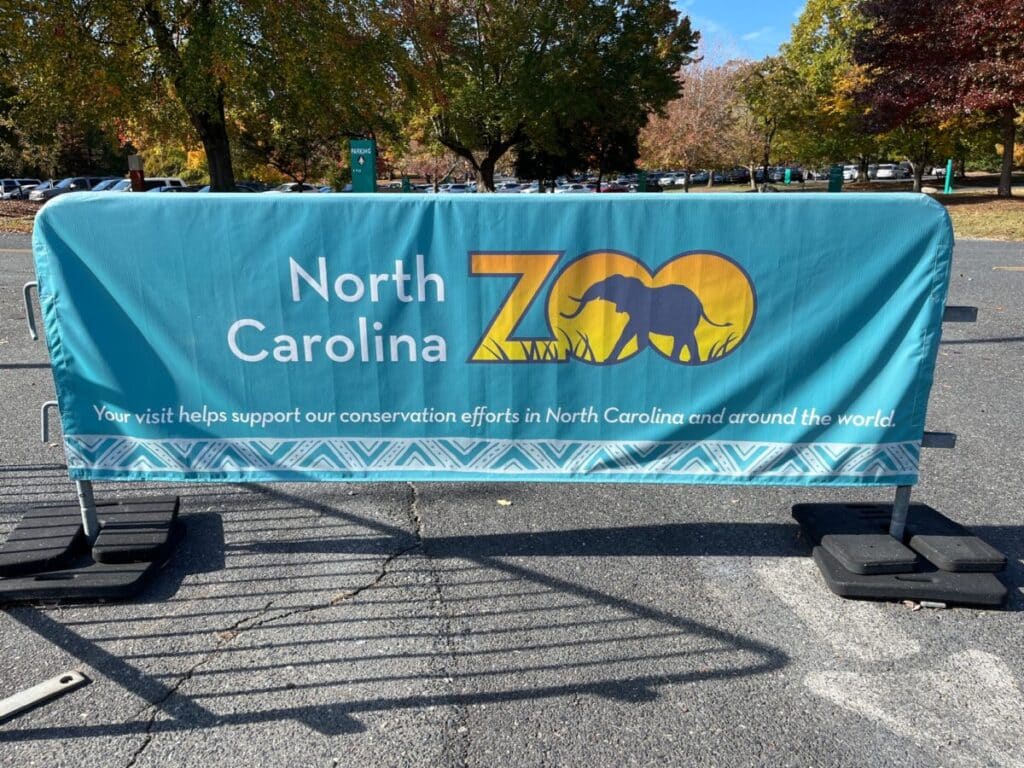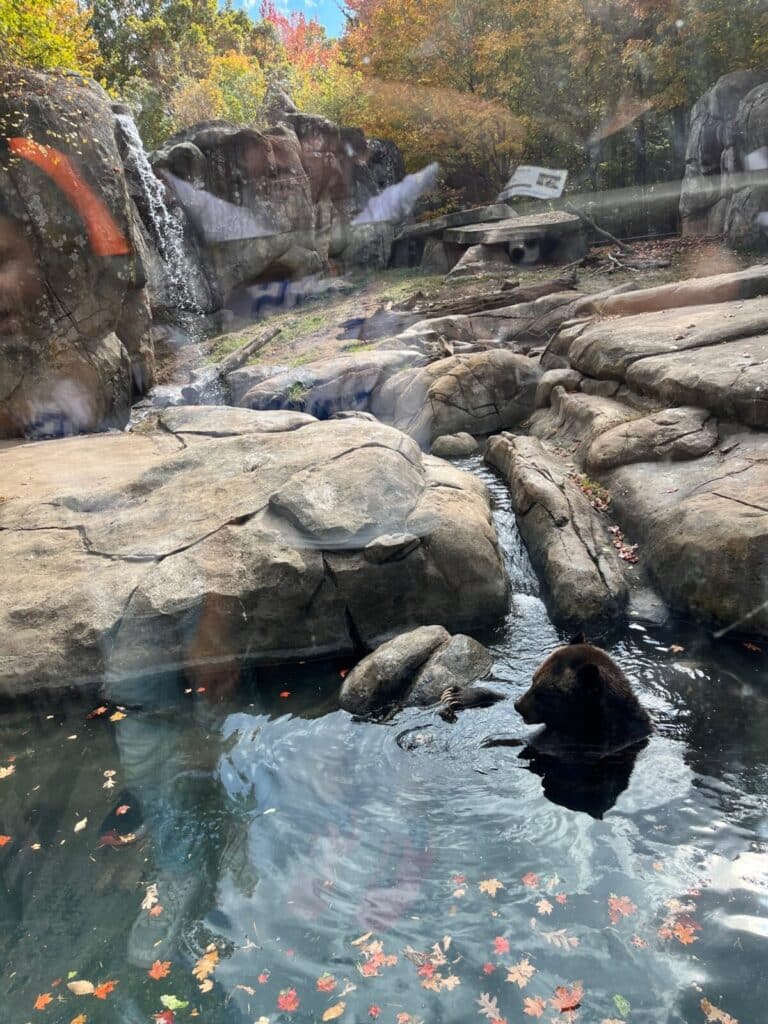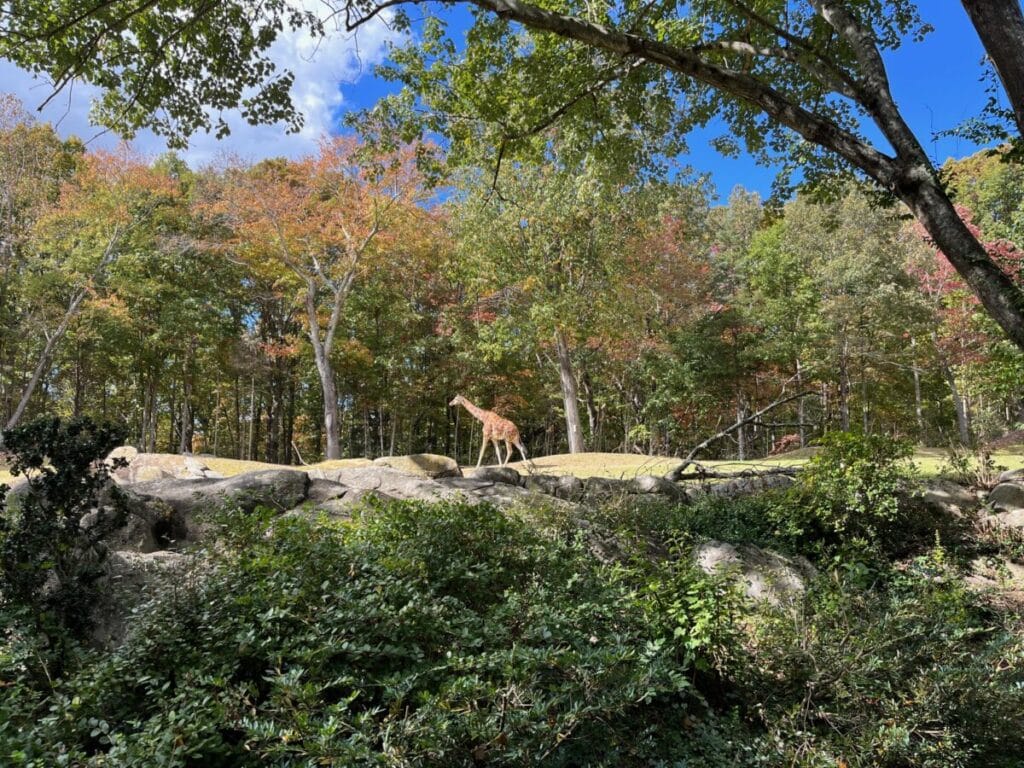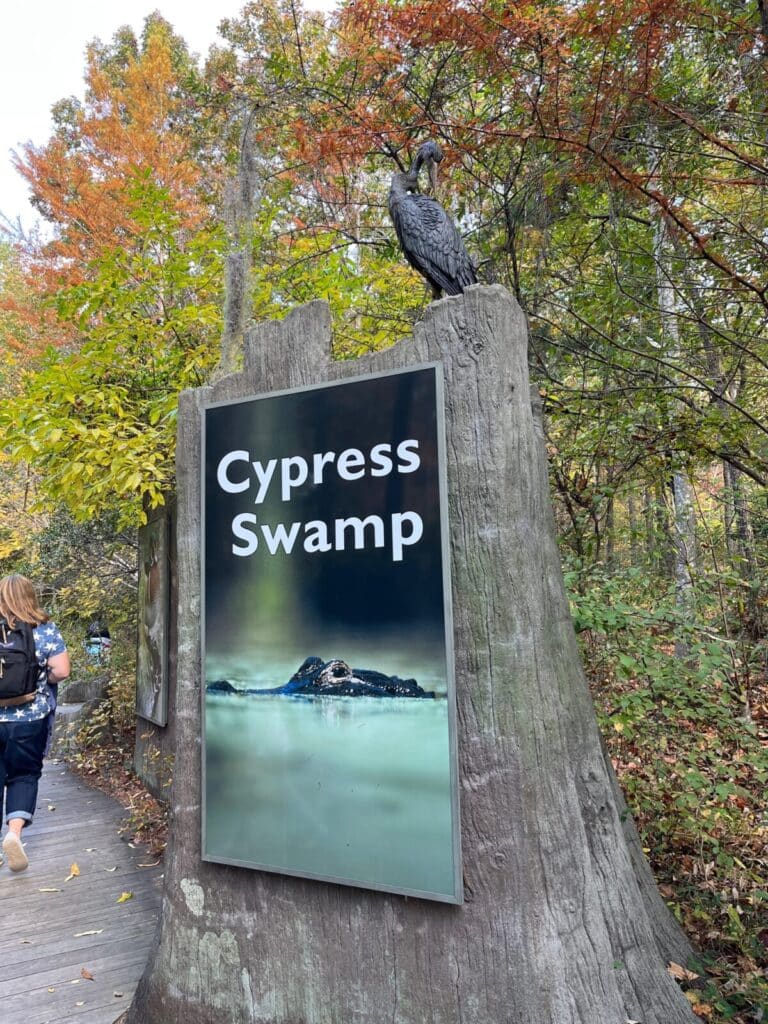Visiting the North Carolina Zoo | Everything You Need To Know
If you have animal lovers in your family, chances are you’re no stranger to your local zoo. Through educational programs, conservation efforts, and ongoing animal research, zoos are our window into the world of animals and the North Carolina Zoo is no different. With over 1,700 animals to care for, you’re sure to find your favorites to observe. Here’s what to know when visiting the North Carolina Zoo–they are renowned for their research and conservation efforts–there’s much more to this zoo than visiting animals.
Tips for Visiting the North Carolina Zoo
The most important thing of note, if you plan on visiting the North Carolina Zoo, is that it is located in Asheboro, North Carolina. So, if you’re heading to the Biltmore Estate in Asheville, Asheboro is almost three hours away. But, if you’re on an epic road trip through North Carolina, well, then, you’ll want to add the world’s largest habitat zoo to your itinerary. The zoo is a popular field trip destination for schools across the state along with being just a great day out.
What you’ll see
Overall, the North Carolina Zoo features two main habitat regions; Africa and North America. There’s also a global desert where guests will find ocelots, Gila monsters, and monitor lizards as well as desert plant life like the Arizona Agave and the Turpentine Tree.
If your family has certain animals or habitats that fall into the “must-see” category, the zoo’s animal list will help you plan your visit. Soon, in addition to the three regions – North America, Desert, and Africa – an Asia Continent expansion is in the works. The new 10-acre habitat will include Komodo dragons, hornbills, and tigers, to name just a few new additions. So, whether your group is interested in seeing the honey bee garden or grizzly bear habitat in North America or the African Lion habitat, visiting the North Carolina Zoo is the perfect family-friendly activity, year round.
Visiting North Carolina Zoo Habitats
Those local to the Carolinas will appreciate the Streamside habitat. Here you’ll get up close and personal with animals native to North Carolina. Learn more about the river otter, barred owl and the copperhead, and timber rattlesnakes.
The Rocky Coast habitat will delight anyone who loves watching marine mammals in their habitat. From horned puffins to arctic foxes, you’ll feel as though you’ve been transported to the Canadian coast. The North Carolina Zoo is also one of the few places you’ll see a captive polar bear. Underneath the Ice Cave, running cold water keeps the habitat comfortably chilled. The pools are kept at a steady 50 degrees Fahrenheit. Zoo keepers engage the bears with enrichment activities to ensure they’re happy and healthy.
The Watani Grassland habitat is home to the white rhino, African elephants, waterbuck, gazelle, and many more. The savannah habitat allows them the opportunity to roam just as they would in their natural habitat. The zoo is committed to ensuring each of the habitats reflects the animals’ natural spaces.
How Long to Stay?
Zoo officials recommend that visitors spend four hours at the facility to ensure they can see everything, so pack a lunch and make a day of it, or take advantage of the on-site restaurants. Each of the continent areas has picnic tables for visitors to take advantage of; these are located near the parking lots so you can easily leave your cooler in your car and grab it before heading to a table for lunch. Or, if you’d rather, there are several Dining options to take advantage of, from pizza to barbeque, burgers, and snacks like popcorn and ice cream, you won’t go hungry while you’re there!
Planning Your Day
Making the most of any family outing oftentimes requires planning, especially when young children are involved. The zoo provides some tips for visitors to include what to expect during each season, so depending on when you’re planning on visiting the North Carolina Zoo, it’s a good idea to check out those tips here. This way you’ll know which entrances are closed during slower seasons and where and how to park during the busier seasons. The zoo also provides family bathrooms, infant care and areas for nursing parents, baby supplies for sale, and strollers for rent.
More Tips for Visiting the North Carolina Zoo With Kids
Strategic planning is key when going anywhere with kids, but especially when at the zoo. Long days, too much walking without enough breaks, and weather issues can make or break any trip. Before you go, grab a zoo map to help you navigate and narrow down your trip. Before you head out in the morning, or better yet, the night before, pack snacks and beverages. Also, make plans to load up the car with your stroller (if you’re not renting at the zoo). A little pre-planning goes a long way!
School-aged children love to help out with the preparations. If you’re planning a road trip, allow them to look at a National Geographic atlas designed just for kids. Or, if you prefer, let them take the reigns with the smartphone GPS to help you get there. Check out the North Carolina Zoo website before your trip to learn more about each of the animals. On the animals list pages, there are so many details that you can turn into an educational opportunity either before or after our visit.
Take Your Time
While visiting, take your time, read plaques, and participate in tours. Stop and try to learn at least one new thing from each exhibit. It’s easy to rush through, especially with excited kids, so try to get them to slow down and truly absorb the information. One easy and fun way to do this is to create a scavenger hunt. You can also take inspiration from the zoo’s educational resources and apply some of those initiatives to your own family’s experience.
Finally, be prepared when it comes to weather. Ensure everyone is dressed appropriately, and keep an extra set of clothes for young children, in the car. With careful planning and of course flexibility, your visit to the NC Zoo will be one to remember.
Zoo Membership
If you’re new to the area and think you’ll be visiting the North Carolina Zoo often, a membership may be right for your family. Exhibits are continually expanding and membership is a great way to get your money’s worth. Family memberships start at $84 per year. This also includes free or half-priced admission to Sylvan Heights Waterfowl Park and the North Carolina Aquarium!
Zoo Membership also includes access to a member’s only picnic area. It also includes discounts on tours and programs, and invitations to members-only events. This means a discount on some activities and programs, like the overnight camping adventure, Snorin’ Safari, educational programs, and special sensory-style experiences, to name just a few.
While Asheboro, North Carolina is seemingly removed from so many of the state’s major metropolitan areas. However, there are a variety of activities and things to do in Randolph County. From the outdoorsy to indoor museums, shopping, cafes, and restaurants, the area is a great place to spend some time. Randolph County is also home to the North Carolina Pottery Center. And, the town of Seagrove – the handmade pottery capital of the United States – hosts a pottery festival each year (add it to your festival list!) So, if you’re visiting the North Carolina Zoo, stay for a while to see what additional treasures this region has to offer.















